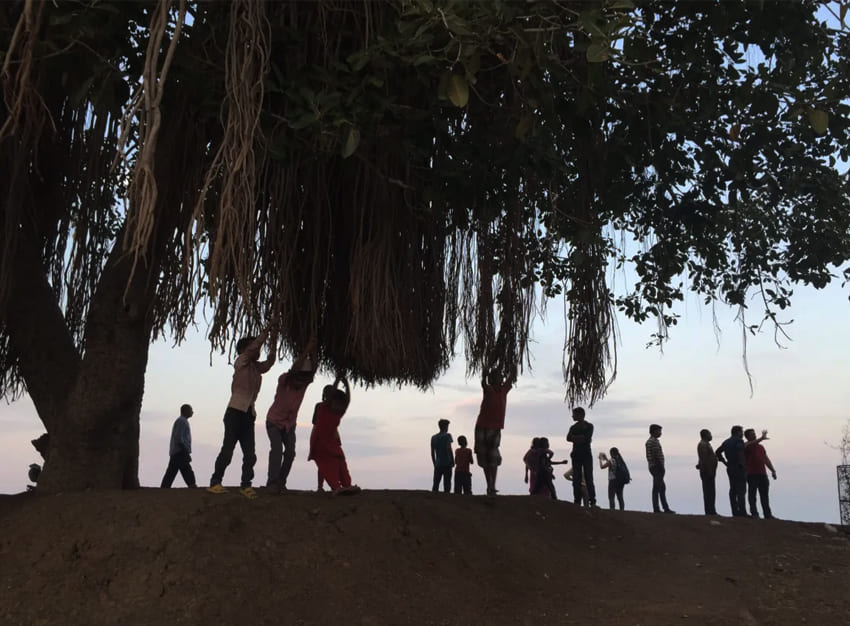-P. Sharma Principal (Retd)
The Indian mind has always regarded the entire universe as a manifestation of the all-immanent divine. Every object of nature, therefore, is looked upon with reverence and as an essential limb of the cosmos. So, our links with the rivers and the oceans, mountains and valleys, trees and forests, the moon and the planets, the winds and the seasons have all been intimate draped in a veil of sacrosanct holiness. We worship nearly everything – holy cities, holy rivers, holy lakes, holy places of pilgrimage and of course holy trees – all are a part and parcel of our history and mythology.
The holiest of the trees is the Akshay Vat or the Eternal Banyan at Prayagaraj. It is said that even at the time of the Great Deluge when all creation was to submerge, Lord Vishnu stayed on the leaf of this briksha in the form of a child so that the play of creation may start again. Ficus religiosa, that’s the botanical name, is one of the most venerated trees of India and is regularly worshiped. The Upanishad and The Gita have aptly used an inverted peepal tree to symbolize the universe; its roots are in heaven or in the unseen creator and its branches that grow downwards depict the worlds of all created forms and objects. In simpler terms it depicts that the entire creation is a proliferation of the eternal spirit in its manifestations from: urdhav mula adhoshakha ashwathoyam sanatanah.
Then there is the holy peepal or the Bodhi Briksha at Gaya under whose blessed shade Prince Sidharth became an “enlighten being”, The Buddha. The neem tree at Shirdi is equally venerated as it is associated with Sai Baba.
That the trees are man’s best friends was a fact duly recognised by our ancestors who built towns and other settlements around forests or grooves. It would be misleading to say that the Indians worship the trees because they are superstitious by nature. We are aware of the health giving and medicinal properties of most of our silent friends. Our sacred texts are full of hymns and prayers invoking the gods to bless our vanaspatya.
Panchvati is almost a familiar place for all who know The Ramayana. But not many are aware that Panchvat was a concept with our ancestors. It denoted a conglomeration of five specific trees: the banyan (vata), the ficus religious (peepal), the poliathia longifolia (ashoka), the aegle marmelos (bilva) and the myrobelan terminal (harad or haritaki). All five have great medicinal values.
The works of great Indian poets such as Valmiki and Kalidas are replete with detailed descriptions of trees such as taal, tamal, champa, sandal, paatal, kadamba, jambu, aam besides those listed as panchvati.


But even as civilization progresses, emotions decay. Over the centuries, material exploitation of our natural resources took the better of our emotional, almost religious attachment to our forests and trees. As a result, our world today finds itself denuded and depleted of these loving friends – our trees. The recent spurt in movements for environmental preservation and ecological sustainability are a healthy reaction to our own depredations. Shall we succeed ? Shall our trees regain their girth, their glory and their sanctity?
Would these moves be a rehabilitation of ties between man and nature is the big question ?

